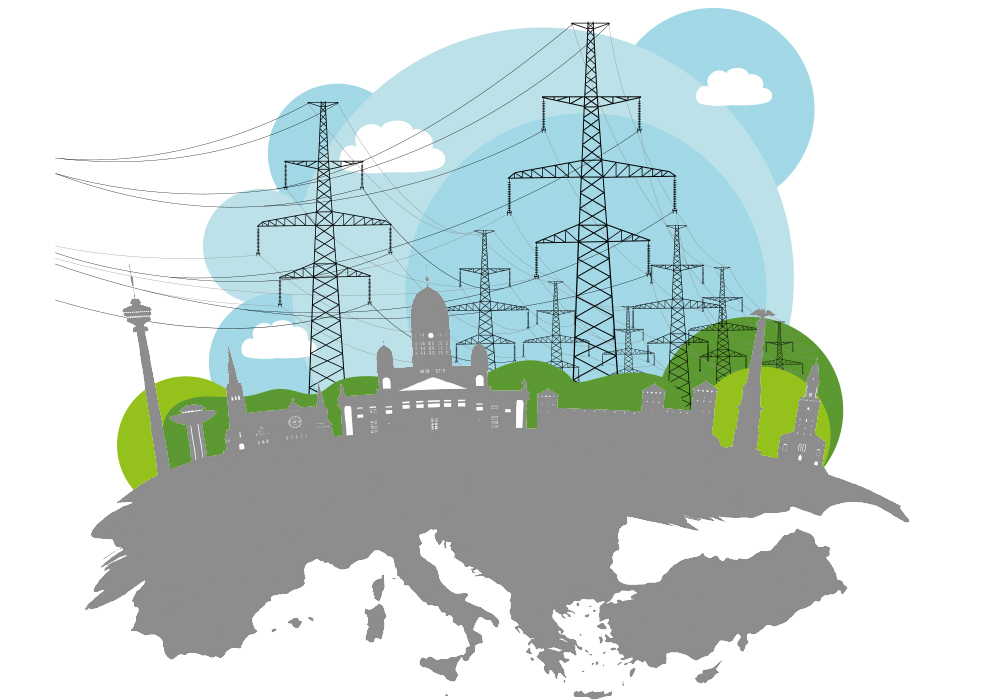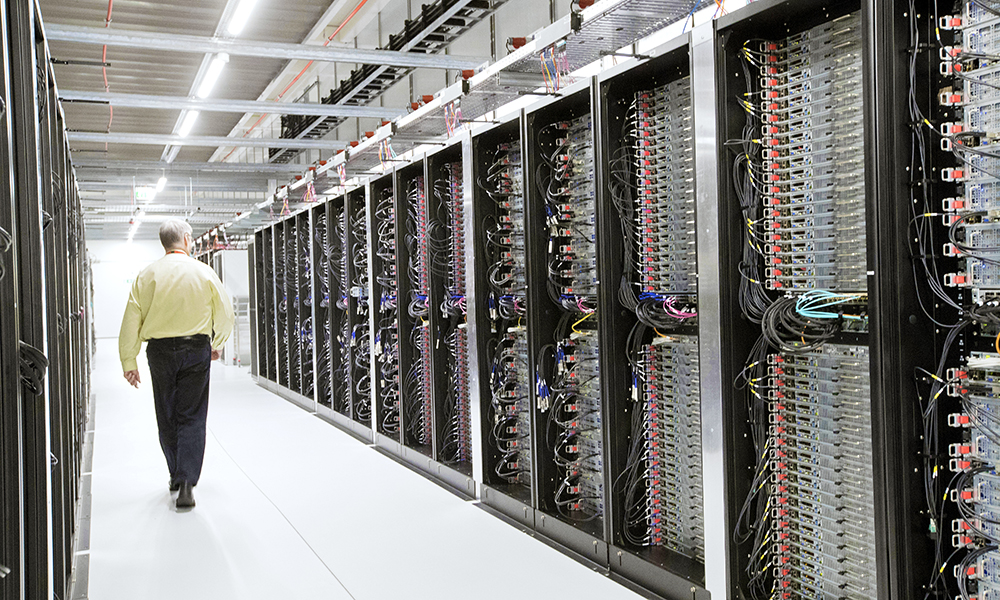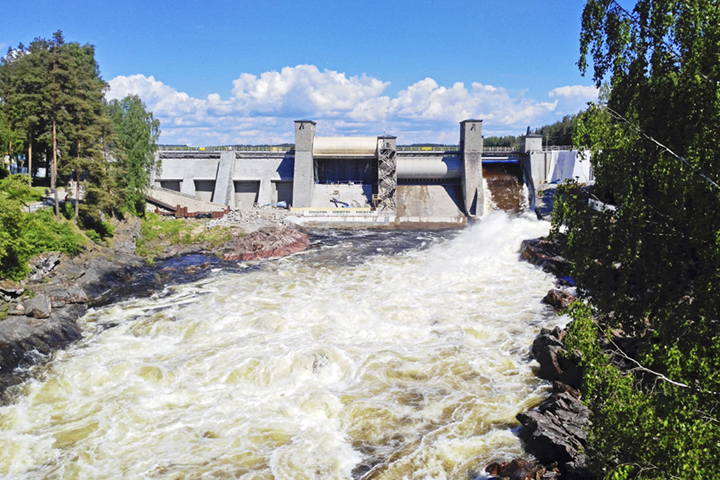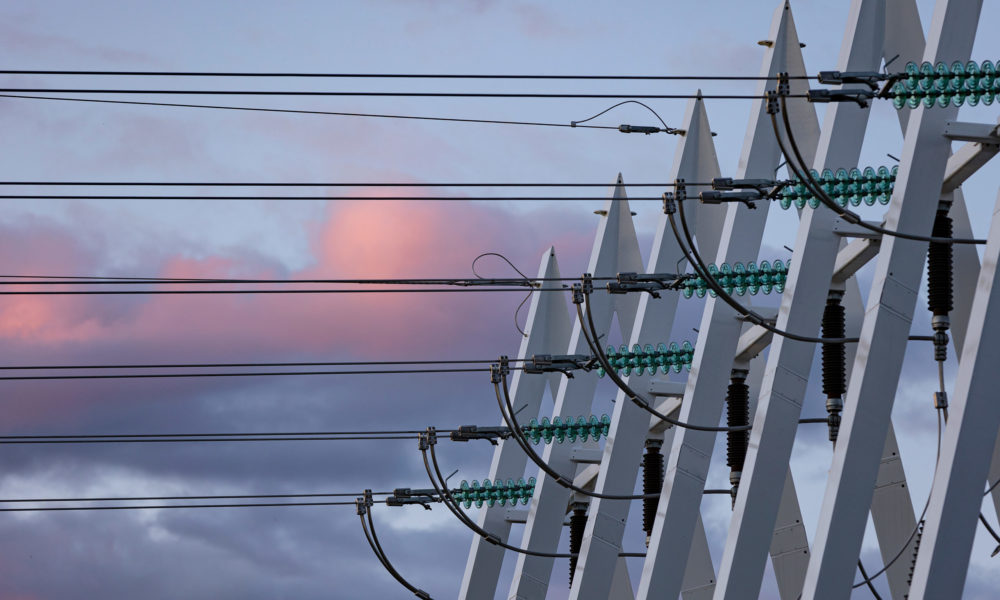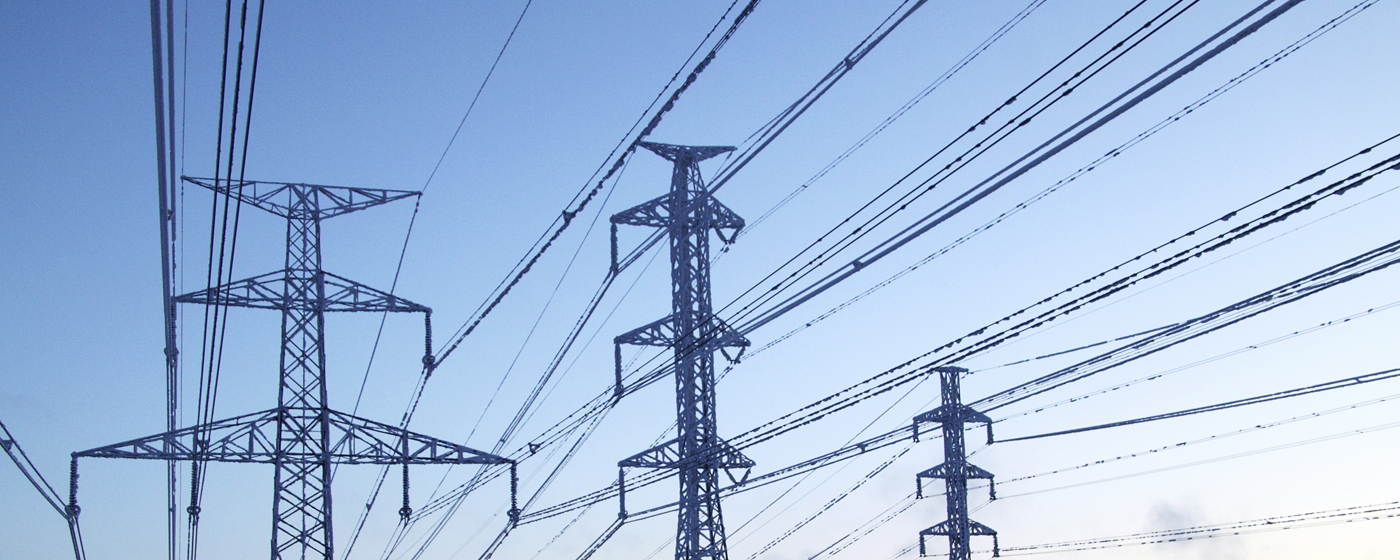
Greenhouses balance out disturbances in the power system
Oksasen Puutarha specialises in cultivating lettuces. The company, which is based in the north of Turku, has been providing the frequency containment reserve for disturbances (FCR-D) and demand response for two years now. The provision of FCR-D causes the lights to go out in the greenhouse a few times a month, as agreed, in return for payments to Oksasen Puutarha.

